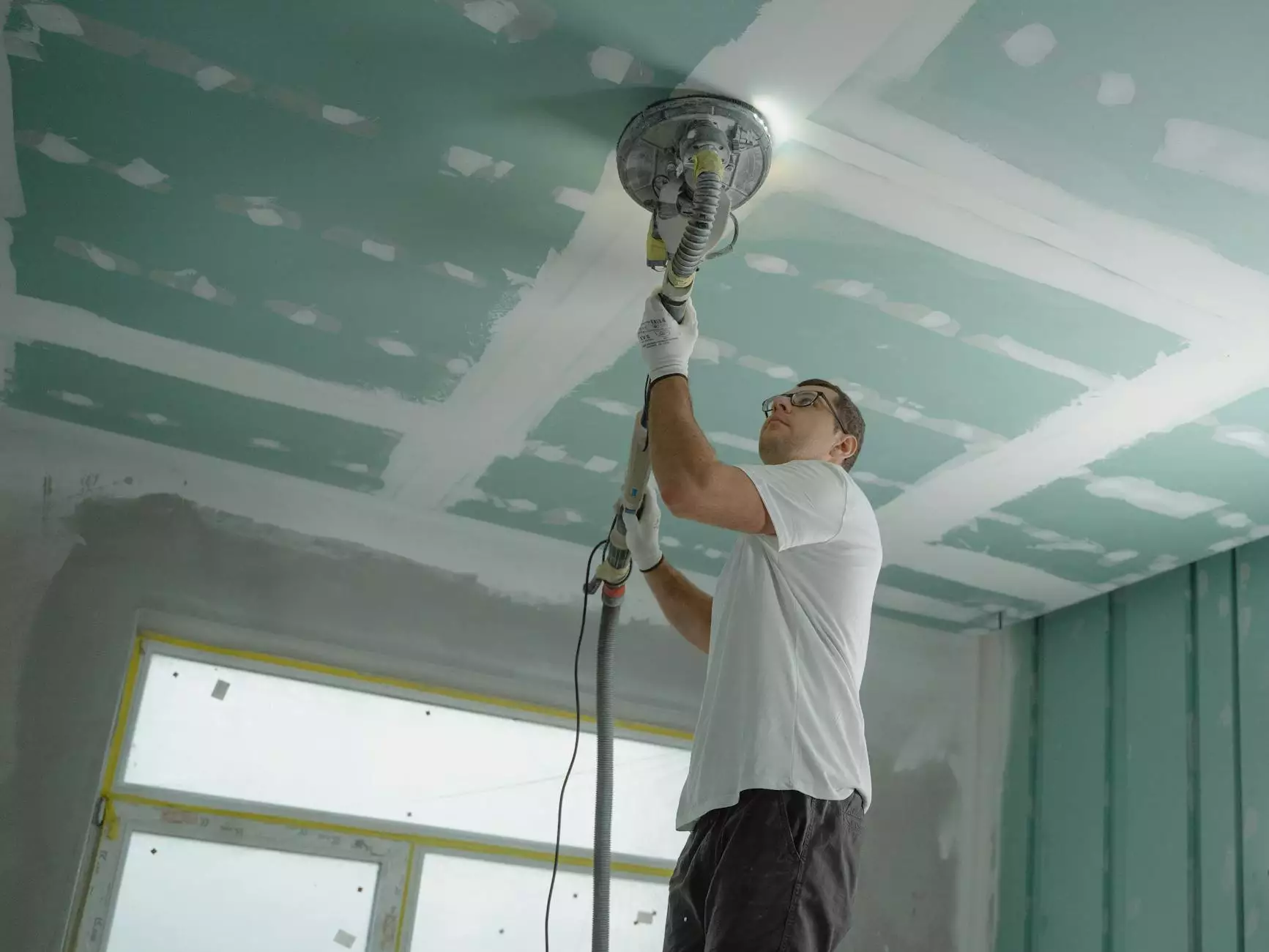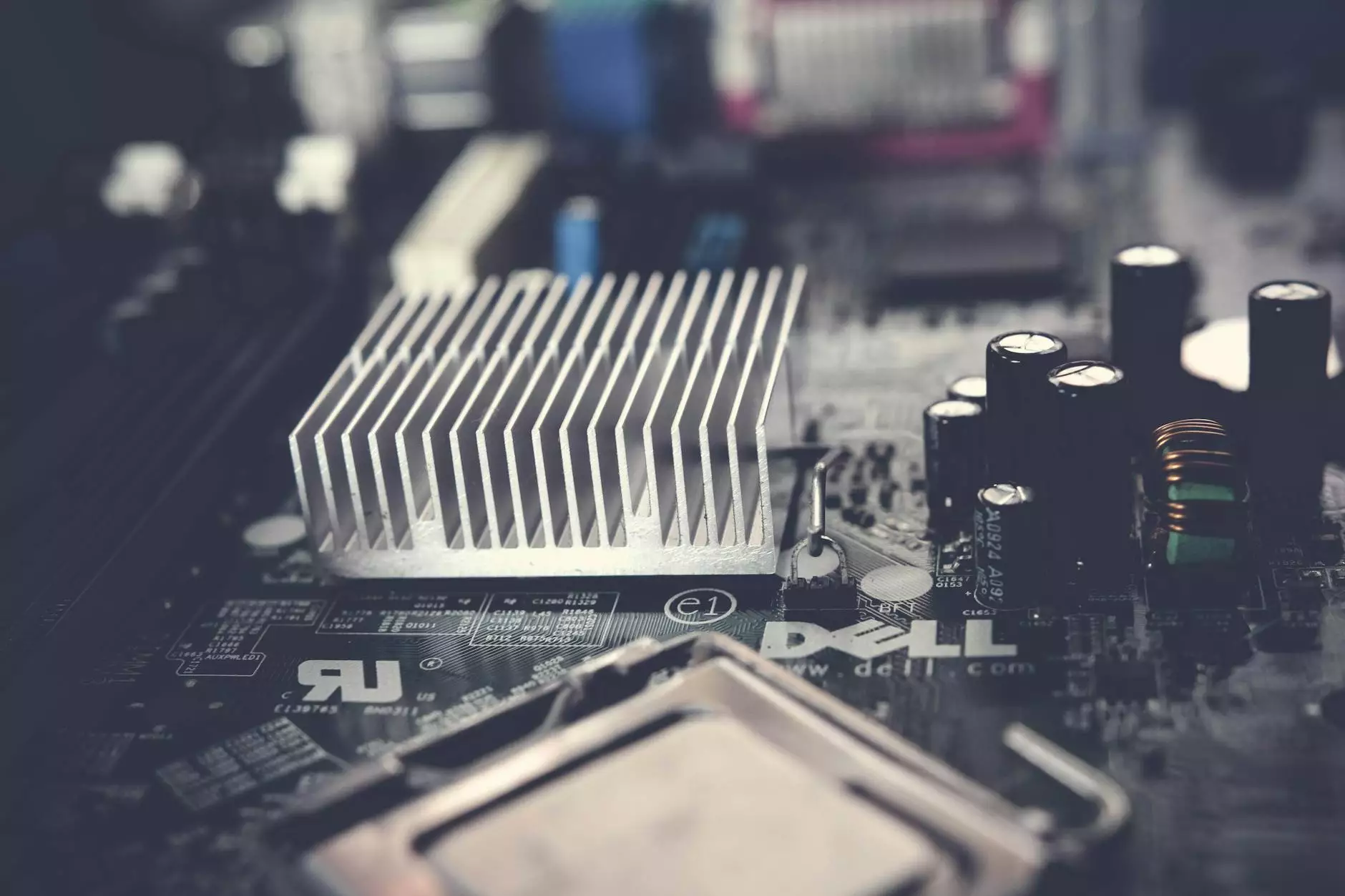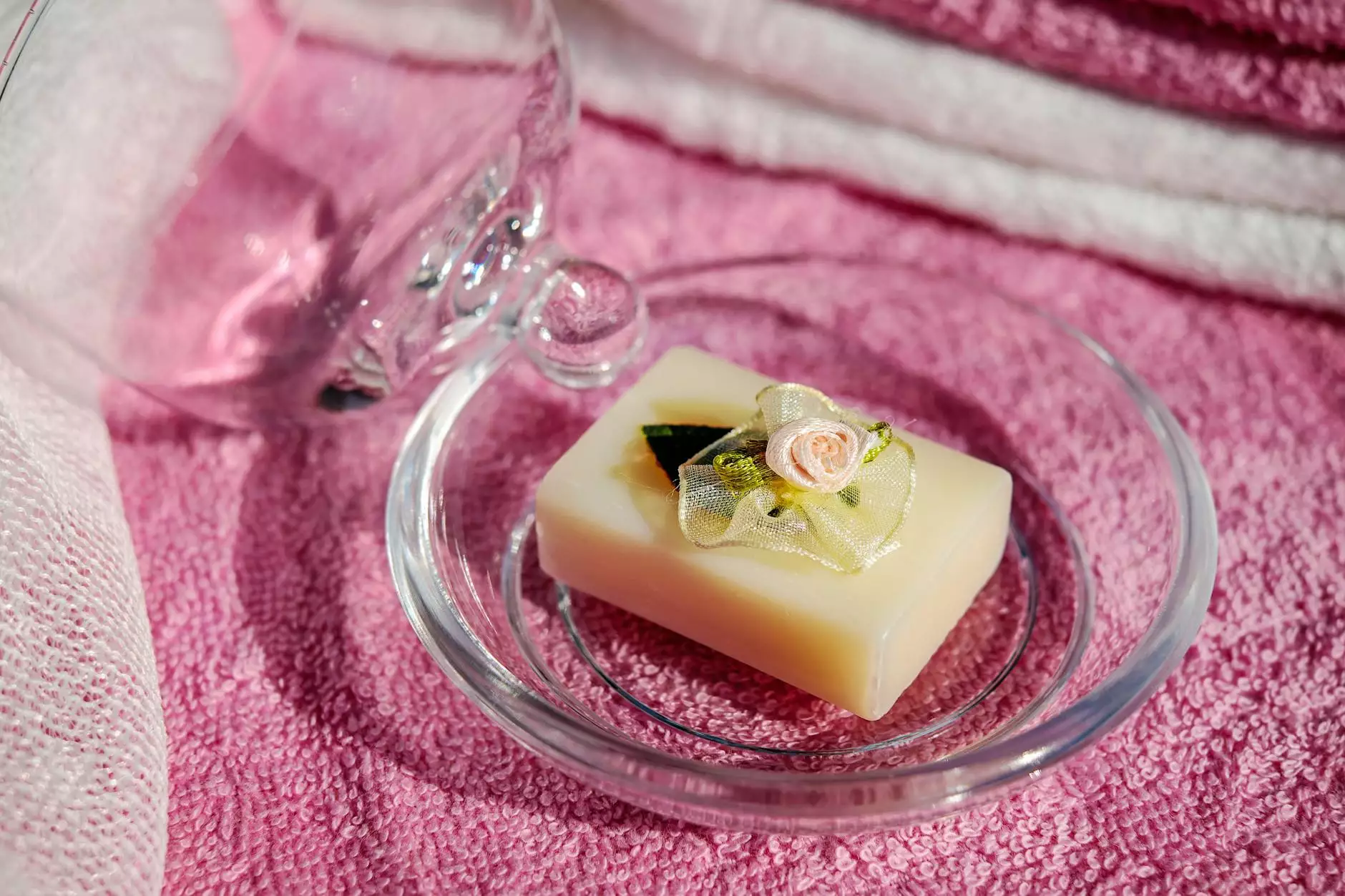Understanding Rhinoplasty Surgical Instruments

Rhinoplasty, commonly known as a nose job, is a surgical procedure that reshapes the nose for either cosmetic or functional purposes. Successful rhinoplasty requires precision and expertise, and the rhinoplasty surgical instruments used play a pivotal role in this process. In this article, we will delve into the intricacies of these instruments, their functions, and their significance in ensuring optimal surgical outcomes.
The Importance of Quality Surgical Instruments
In the realm of surgery, the right instruments can make all the difference. For rhinoplasty, the instruments are specially designed to facilitate delicate maneuvers that are inherent in nasal surgeries. High-quality surgical instruments are essential for:
- Precision: The delicate nature of nasal anatomy requires instruments that allow surgeons to operate with unparalleled accuracy.
- Safety: Well-designed instruments minimize the risk of complications during and after the procedure.
- Efficiency: Quality instruments can help reduce surgery time and enhance recovery.
Key Rhinoplasty Surgical Instruments
There are various instruments used during rhinoplasty, each serving a unique function. Below is a comprehensive overview of some key rhinoplasty surgical instruments:
1. Scalpels and Blades
Scalpels are essential for making initial incisions. Surgeons often prefer blades that are sharp and precise to ensure minimal trauma to surrounding tissues. The choice of scalpel can vary based on the surgical technique being performed.
2. Scissors
Surgical scissors are used for cutting soft tissue, cartilage, and other structures within the nose. Specific types include:
- Metzenbaum Scissors: Ideal for cutting delicate tissues.
- Kelly Scissors: Used for cutting tougher tissues or cartilage.
3. Forceps
Forceps are indispensable in rhinoplasty. They allow surgeons to grasp and manipulate the nasal structures. Common types include:
- Adson Forceps: Perfect for holding and positioning tissues without causing trauma.
- Toothed Forceps: Useful for heavier grasping of thicker tissue.
4. Elevators
Nasal elevators are specialized instruments used to lift and separate tissues. Their design helps in reducing trauma while enabling the surgeon to access the underlying structures of the nose effectively.
5. Microdrills and Osteotomes
When reshaping the nasal bones, microdrills and osteotomes are crucial. They allow for precise bone sculpting, which is necessary in many rhinoplasty procedures. Osteotomes come in various shapes and sizes to accommodate different surgical needs.
6. Suturing Instruments
After the surgical procedure, proper closure of incisions is vital. Surgical sutures and needles are used to securely close the incisions, and their selection can impact healing. Resorbable sutures are often favored as they eliminate the need for removal.
Technological Advancements in Rhinoplasty Instruments
The field of surgical instruments is constantly evolving, with technological advancements leading to the development of innovative rhinoplasty surgical instruments. These advancements include:
- Electrocautery: This device uses electrical current to cut tissues and cauterize blood vessels simultaneously, reducing bleeding.
- Endoscopic Tools: Miniature cameras and instruments that allow surgeons to view and operate within the nasal passages with minimal incisions.
- 3D Printing: Custom instruments and models can be created for specific cases, allowing for customized surgical approaches.
Choosing the Right Instruments
When selecting rhinoplasty surgical instruments, several factors must be considered to ensure quality and effectiveness:
- Material Quality: Instruments made of stainless steel are preferred for durability and resistance to corrosion.
- Ergonomic Design: Tools that are comfortable to hold can reduce hand fatigue during lengthy procedures.
- Manufacturer Reputation: Choose instruments from reputable manufacturers known for their high-quality surgical tools.
Maintenance of Surgical Instruments
Proper maintenance of rhinoplasty surgical instruments is crucial for their longevity and functionality. Key maintenance practices include:
- Regular Cleaning: Instruments should be cleaned immediately after use to prevent corrosion and contamination.
- Sterilization: Follow strict sterilization protocols to ensure safety during surgical procedures.
- Inspection: Regularly inspect instruments for signs of wear and tear, and replace as necessary.
Conclusion
In conclusion, rhinoplasty surgical instruments are fundamental to the success of rhinoplasty procedures. Understanding the various types of instruments, their functions, and the technological advancements in the field can significantly impact surgical outcomes and patient satisfaction. Clinics like new-medinstruments.com that specialize in high-quality medical supplies play a crucial role in providing surgeons with the tools they need to succeed. Investing in superior surgical instruments not only enhances precision and safety but ultimately leads to better patient experiences and results.
Further Reading & Resources
To learn more about the latest innovations in surgical instruments and best practices in rhinoplasty, consider exploring the following resources:
- Nasal Surgery: A Comprehensive Overview
- American Society of Plastic Surgeons
- Rhinoplasty Society









